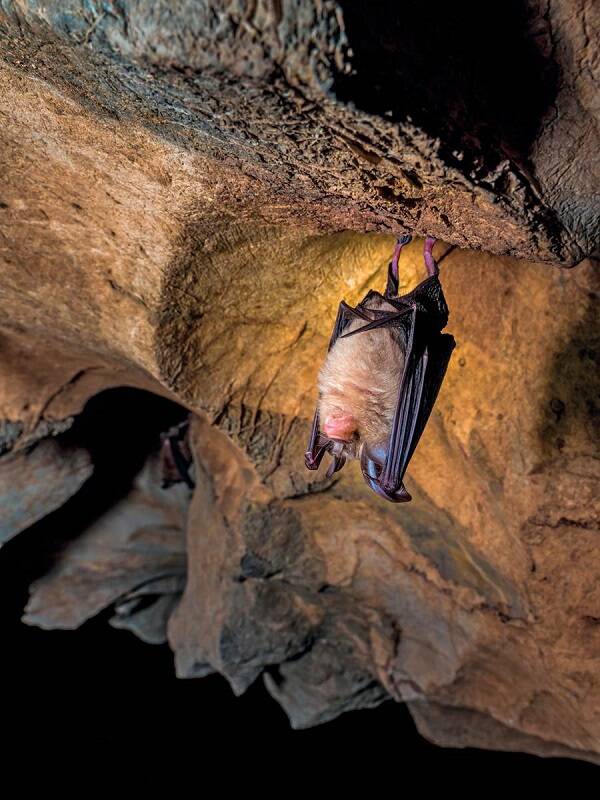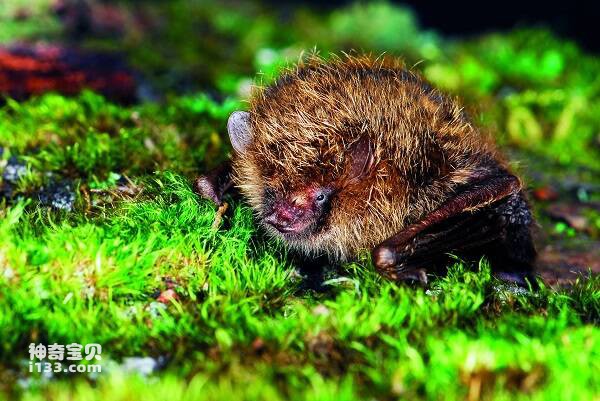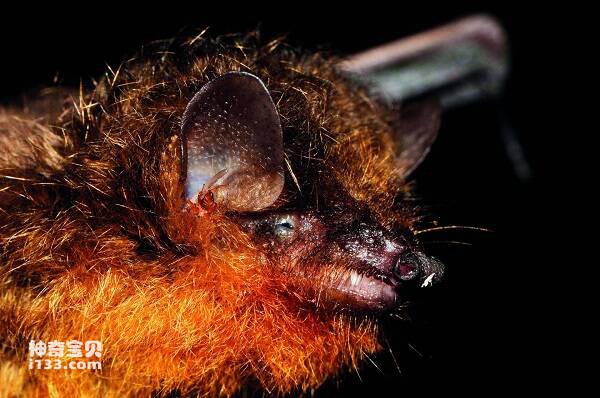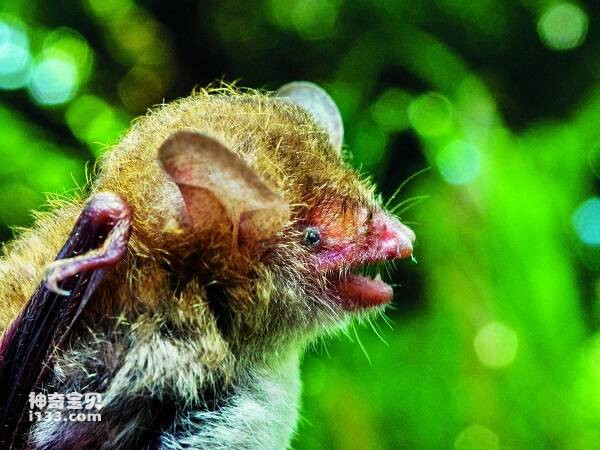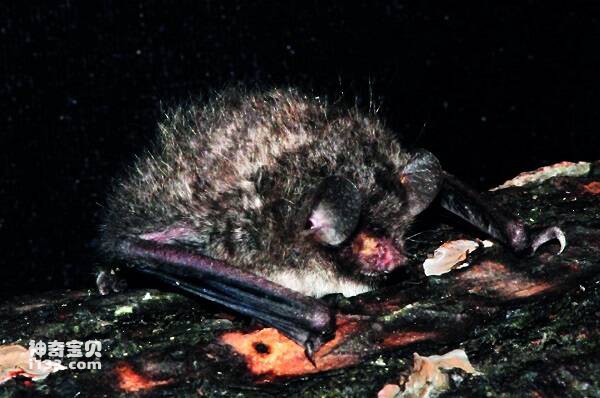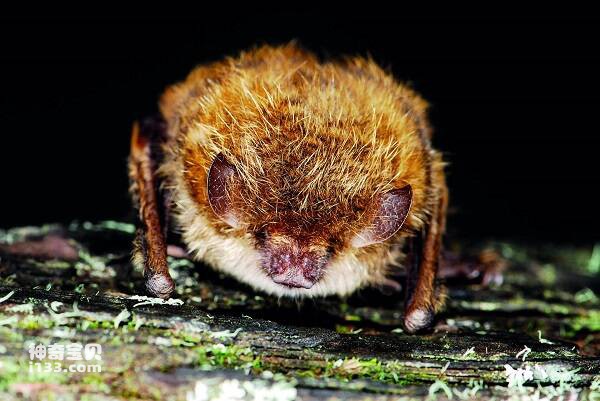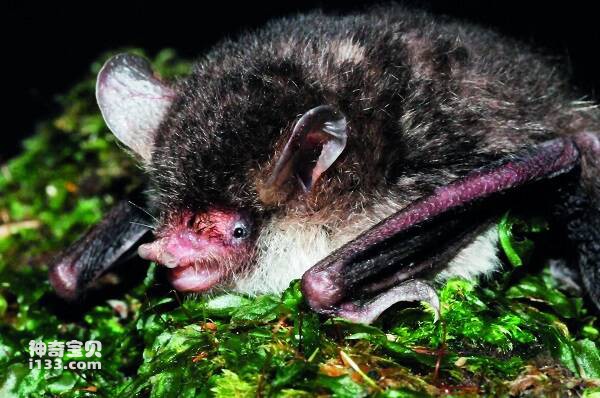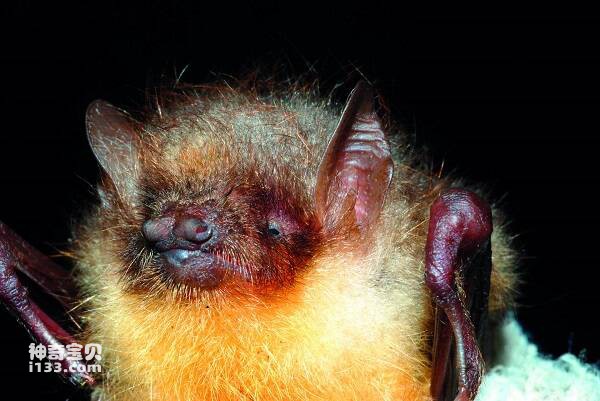Big-eared Horseshoe Bat
IUCN
LCBasic Information
Scientific classification
- name:Big-eared Horseshoe Bat
- Scientific Name:Big-eared Horseshoe Bat
- Outline:Chiroptera
- Family:Pterodactyla Chrysopteridae Chrysopterus
Vital signs
- length:32-40mm
- Weight:4-5g
- lifetime:
Feature
The body size is small, the ears are large, the hooves of the nose lobes are broad, the middle is obviously engraved, and the two sides of the front have small appendages.
Distribution and Habitat
It is widely distributed in Guangdong, Fujian, southwest China and Jiangsu and Zhejiang regions, and the population is small. It is distributed abroad in India, Bangladesh, Vietnam and Indonesia and other South and Southeast Asian regions.
Rhinolophus macroeotus lives in caves and is relatively rare. It can live in the same burrows as species such as the Daisy Bat and Myotis (
Appearance
Smaller (but slightly larger than Rhinolepis sinensis). Forearm length 45-48mm. The total length of the skull is 17-20mm. The ears are large and undeveloped against the tragus. The leaf of the horse hooves is broad, with a clear cut in the center, and a small accessory leaf on each side; Saddle leaf is wider, but its width is less than the height; The jointed leaves are low and smooth, rising from the base of the tip of the saddle leaf. Sagittal ridge of skull is not obvious. The back hair base is grayish white, the tip is dark brown, and the ventral hair color is light.
Details
Rhinolophus macroetalis is a bat of the genus Rhinolophidae. It lives in small numbers in caves and commutes with other bats, generally staying on the edge of caves or on the top wall of rocks near the entrance. Feeds on nocturnal flying insects.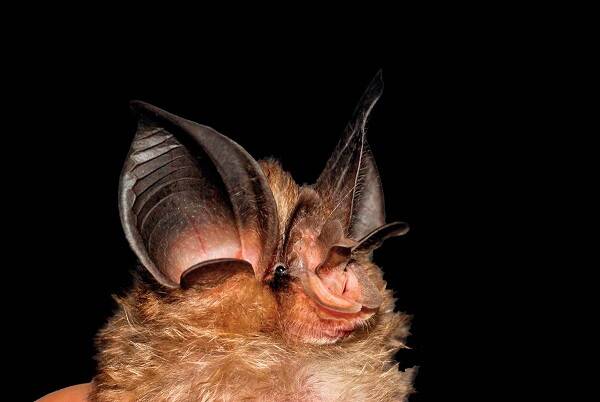
This species contains 3 subspecies in China and has a wide distribution range. At the same time, it is easily confused with Rhinolophus rhinolophus, which can be distinguished according to the shape of its nose leaf and the length of its forearm. The latter's body size (the forearm length is about 40mm) is small, and the height and width of the saddle leaf in the nose leaf are basically equal.
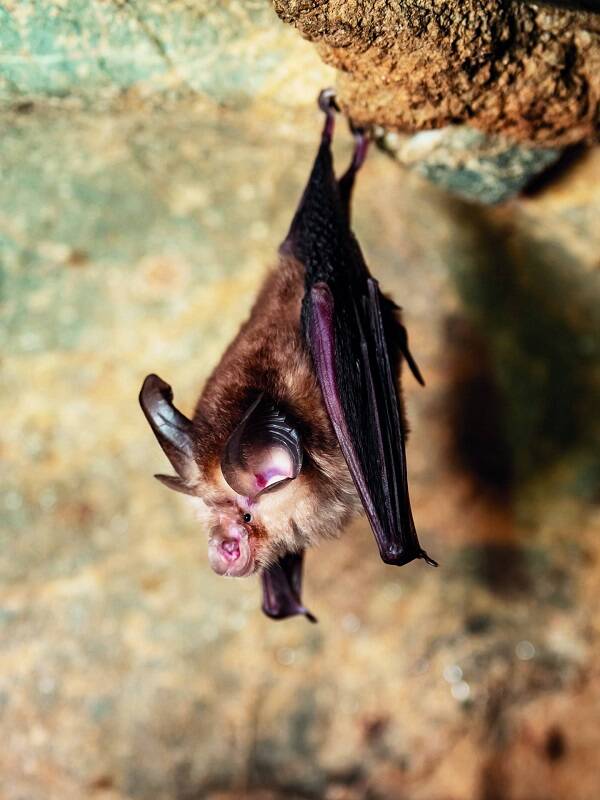
Listed on the International Union for Conservation of Nature Red List of Threatened Species (IUCN) 2018 ver 3.1 - Not Threatened (LC).
Listed in the "China Red List of Species" - Near threatened (NT).
